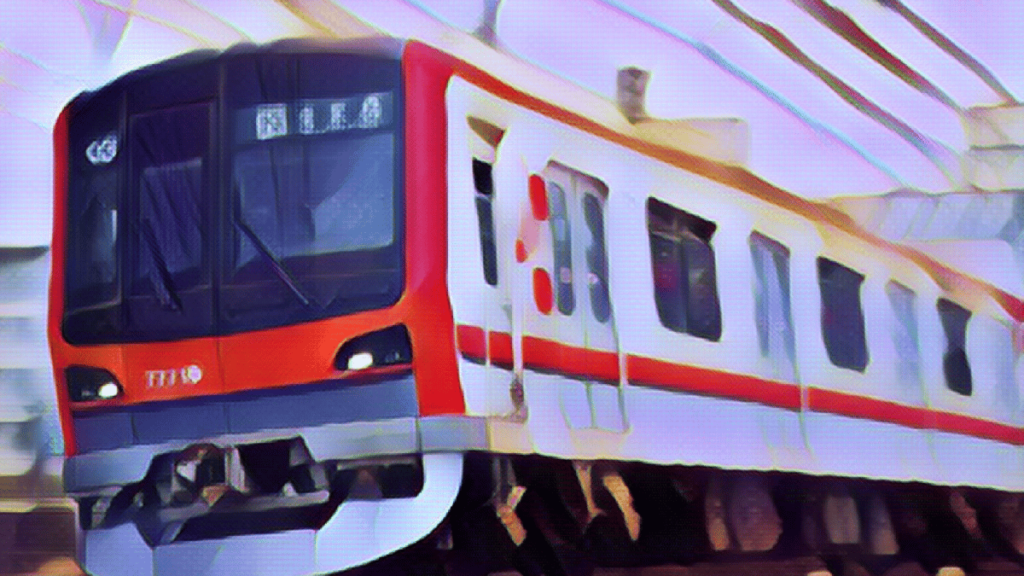[ad_1]
Ever since the 2011 triple disaster that devastated large swaths of the Tohoku region, the city government of Sendai is pursuing a variety of preparedness measures. We recently covered its new drone-based early warning system for the beaches.
Another is the building of seawalls and relocation of the population of neighborhoods in the immediate coastal zone of Miyagino and Wakabayashi wards. Although in one sense this closure and relocation is sad but necessary given the state of storms and sea level rise, it allows the city to have options.
First and foremost of course is the construction of seawalls and other new tsunami defenses. Second, is that it allows for the proactive saving of lives. But it also allows for archaeology in places that were previously built over.
Over the past few years, Sendai City has unearthed the footprint of the Gamō okura, a warehouse and relay station along the Teizan Canal. It was once an important part of how goods traveled around the domain during the Date clan’s heyday. To learn more about this discovery, read on.
Gamō and the Teizan Canal
Gamō is a coastal area of Miyagino Ward just south of Sendai’s port. It sits at the mouth of the Nanakita, Sendai’s northernmost river and is also positioned astride the Teizan Canal, a waterway intersecting the Nanakita. This canal connects most of the major rivers in what’s now the central portion of Miyagi Prefecture. Date Masamune, founder of Sendai city and the Sendai domain, gave the order that began its original construction. The canal is named after the courtesy name of Teizan-kō 貞山公 that he assumed in retirement.

In its current form, the canal was finished in the Meiji era. But the earlier sections were important to how Sendai domain transported goods, especially rice and salt. Gamō was one of the relay stations along the canal, along which salt and rice from the domain’s north– northern Miyagi but also southern Iwate– headed south to the Sendai castle town.
The relay station at Gamō had a role beyond just the canal. For a time, during Masamune’s tenure, it was also host to one of the docks that housed Sendai domain’s official boats. This was a role that negatively impacted the nearby port of Shiogama, which lost that role for a time.
The Relay Station
The site under study in Gamō is a quarter of the full 3400 square meter size of the warehouse complex. Archaeologists have unearthed the foundations of seven buildings as well as 150 mokkan.
Mokkan are wooden tags. Many of them date to the Nara period, but others, like the ones found in Gamō, are more recent. Shippers used them to identify shipping the way we might use luggage tags during air travel today. In an exciting development, about half of the recovered mokkan have legible text.
Tomaru Mitsuhiko, director of Sendai’s Municipal Board of Education Cultural Assets Division, commented: “We could ascertain from the diagrams that this is the okura ruins, but we didn’t know the scope of its scale. We’d like to continue our study through the analysis of the writing on the wooden tags.”
Relay to Rail
Gamō’s role as a transit node did not end with the demise of Sendai domain at the beginning of the Meiji era. The canal system was still in use for shipping goods until the mid-Meiji era, until the entry of the railroad system into the Tohoku region.
It was during that intermediate period that the old relay station was also the terminus of a short-lived but interesting rail line. While there were steam locomotives in Japan during those years, an interesting human-powered rail line called the Mokudōsha ran between Gamō and what’s now Sendai Station, from 1882 to 1888.
While jinrikisha (rickshaws) are a better-known hallmark of Meiji era Japan that entered the western lexicon, they did not usually run on rails. People power was replaced by horsepower on the Mokudōsha, which ran the line until its closure in 1888.
While you can get reasonably close to Gamō by rail today along the JR Senseki line’s Rikuzen-Takasago and Nakanosakae Stations, and you can certainly drive there relatively quickly, there is no longer a rail connection between Gamō and Sendai Station.
Conclusion
Sendai City Board of Education opened the dig site for educational visitors starting on the 29th of October; there is no need for calling ahead to make reservations. It is a fascinating remnant of the area’s long history in the development of transportation. It is also a reminder that despite changing times and a long list of natural disasters, Sendai and its people remain indomitable.
References
[ad_2]
Source link


